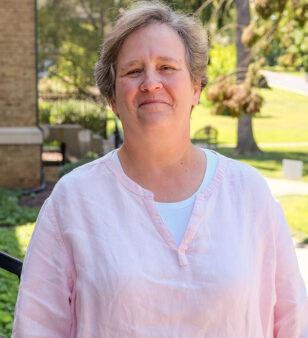
Education
B.S./B.A. in Biochemistry and Chemistry – from California State University Long Beach
M.S. in Forensic Science – University of New Haven
Ph.D. in Forensic Science – Sam Houston State University
Courses Taught
Advanced Analytical Spectroscopy
Forensic Chemistry
Advanced Microscopy
Forensic Chemistry/Toxicology Laboratory
Survey of Forensic Science
Memberships/Awards:
Associate Member of the American Academy of Forensic Science (AAFS)
Member of the Association for Trace Evidence Examiners (ASTEE)
Associate Member of the International Association for Identification (IAI)
Affiliate of OSAC – Trace Materials committee, hair and fibers subcommittee
LTC Michael A Lytle ’77 Academic Prize in Forensic Science 02/23
Commanders Certificate with the Colorado Springs Police Department 4/17
Certificate of Merit with the Dallas Police Department 12/2010
Career Highlights
Andra Lewis is an assistant professor in forensic science who has over 12 years of forensic science experience. Her professional experience includes 8 years in the area of crime scene investigations and 4 years in the area of trace evidence analysis. In addition, she has over 5 years of experience teaching in the area of forensic science.
Andra was hired as the first civilian crime scene investigator for the Dallas Police Department in Dallas, TX and was later promoted to the level of supervisor, where she was the first to serve as a civilian in that capacity. During her tenure, the crime scene response section received their first ASCLD accreditation in which she received a Certificate of Merit for her work on that accreditation. Andra has worked on over 300 homicides, assaults, robberies, and officer involved shootings during her career.
Andra also has over 5 years of experience teaching within the forensic science discipline, both as a lecturer and as a doctoral teaching fellow.
After having worked in the field, Andra returned to the classroom in 2018 to obtain her Ph.D. in forensic science and graduated in 2023. Her dissertation was in the area of trace evidence and was on the evaluation of the combined use of UV-Visible Microspectrophotometry and Plane-Polarized Microscopy for the forensic examination and discrimination of textile fibers.